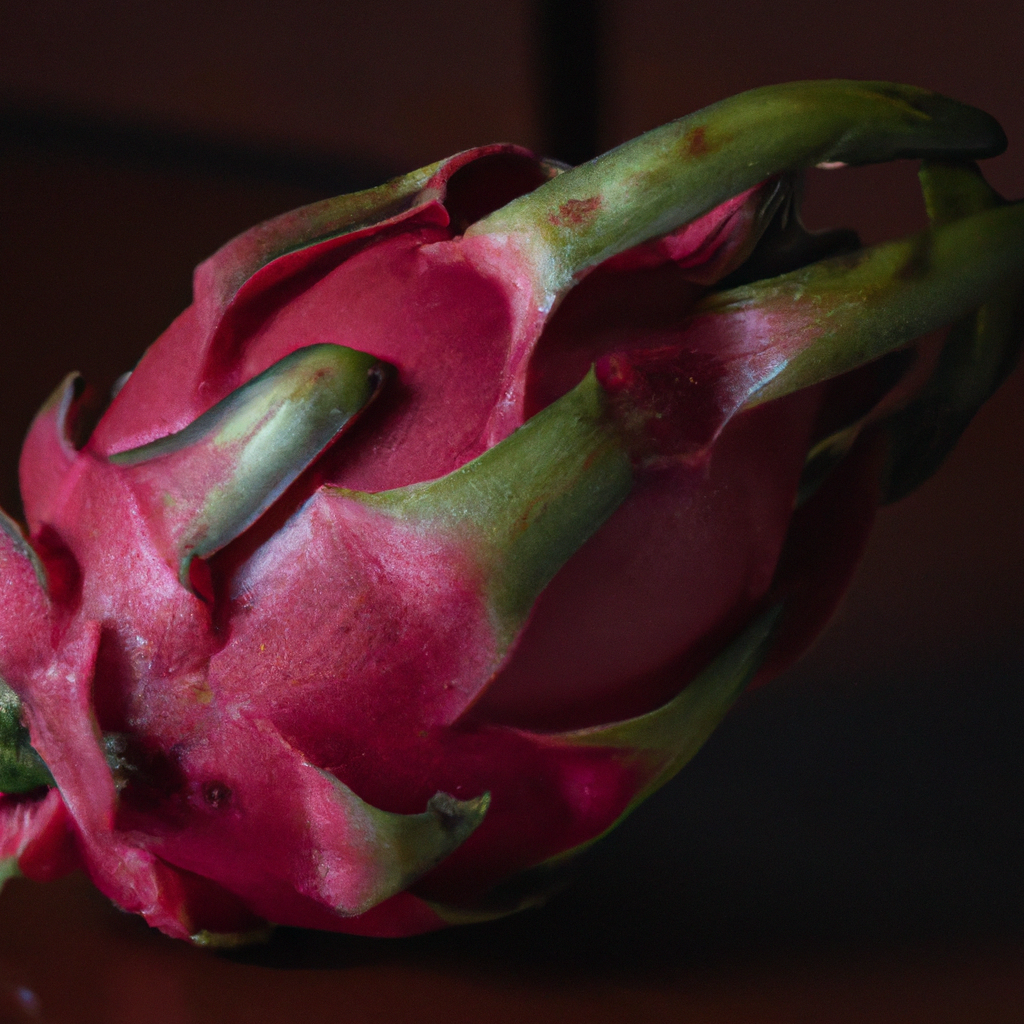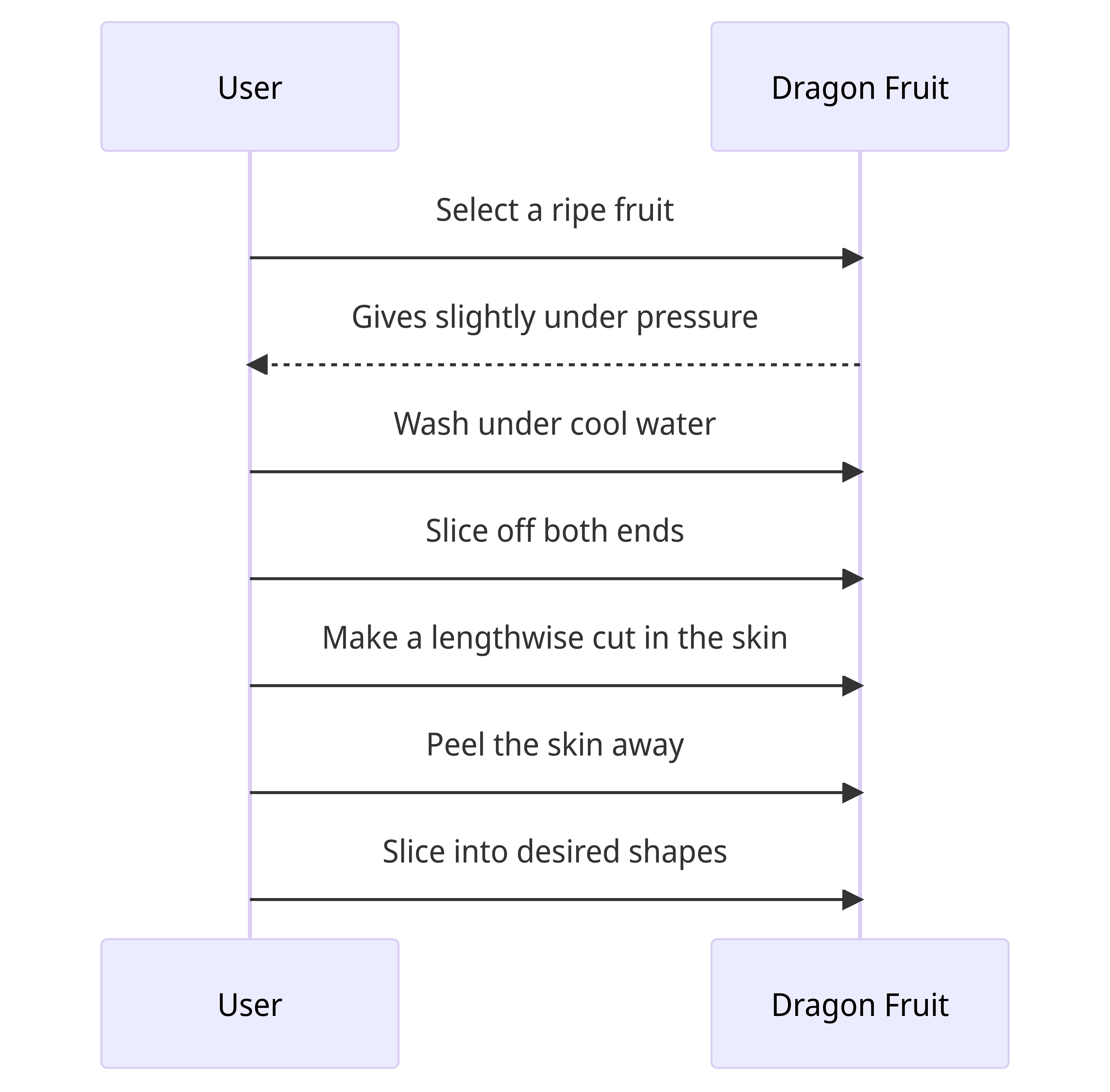Dragon fruit, also known as pitaya, is a vibrant and exotic fruit that has gained popularity in recent years. With its striking appearance and unique taste, it has become a favorite among health enthusiasts and foodies alike. This tropical fruit, which belongs to the cactus family, is native to Central and South America but is now cultivated in various parts of the world.

Dragon Fruit Nutrition
When it comes to nutrition, dragon fruit is a powerhouse. Packed with essential vitamins, minerals, and antioxidants, it offers a range of health benefits. One of the standout features of dragon fruit is its rich vitamin C content, which can help boost the immune system and promote healthy skin. Additionally, it contains B vitamins, such as vitamin B1, B2, and B3, which play a vital role in energy production and maintaining proper brain function.
Dragon fruit is also a great source of dietary fiber, which aids digestion and helps regulate blood sugar levels. Furthermore, it is low in calories and contains no cholesterol or unhealthy fats, making it an excellent choice for those watching their weight or looking to maintain a healthy diet.
Dragon Fruit Health Risks
While dragon fruit is generally safe and nutritious, there are a few health risks to be aware of. Some individuals may experience an allergic reaction to dragon fruit, especially if they have existing allergies to other fruits or cacti. It is advisable to consult with a healthcare professional if you suspect an allergic reaction after consuming dragon fruit.
Additionally, dragon fruit has a natural laxative effect due to its high fiber content. While this can be beneficial for promoting regular bowel movements, consuming excessive amounts may lead to gastrointestinal discomfort or diarrhea. As with any dietary change, it’s important to consume dragon fruit in moderation and listen to your body’s response.
How to Prepare Dragon Fruit
Preparing dragon fruit is a simple and enjoyable process. Start by selecting a ripe fruit with bright, even-colored skin. To check for ripeness, gently press the fruit, and it should give slightly under pressure. Once you have your ripe dragon fruit, follow these steps:

- Wash the fruit thoroughly under cool water to remove any dirt or debris.
- Using a sharp knife, carefully slice off both ends of the fruit.
- Make a lengthwise cut in the skin, deep enough to expose the flesh.
- Hold the fruit and gently peel the skin away, similar to peeling a banana.
- Once the skin is removed, you can slice the dragon fruit into desired shapes, such as cubes or wedges.
How to Eat Dragon Fruit
Dragon fruit can be enjoyed in various ways, and its versatile flavor pairs well with both sweet and savory dishes. Here are a few popular ways to eat dragon fruit:
Fresh and Raw
The simplest way to enjoy dragon fruit is by eating it fresh and raw. After preparing the fruit as mentioned earlier, you can simply slice it into bite-sized pieces and savor its unique taste. The flesh of dragon fruit has a mildly sweet and refreshing flavor, reminiscent of a cross between kiwi and pear.
Smoothies and Juices
Dragon fruit can add a delightful twist to your favorite smoothies and juices. Blend the peeled fruit with other fruits like pineapple, mango, or berries for a refreshing and nutritious beverage. You can alsocombine it with coconut water or almond milk to create a creamy and vibrant smoothie.
Salads and Salsas
Dragon fruit’s vibrant color and subtly sweet taste make it an excellent addition to salads and salsas. Add diced dragon fruit to your green salad for a burst of flavor and visual appeal. Alternatively, mix it with tomatoes, onions, cilantro, and lime juice to create a refreshing salsa that pairs well with grilled fish or tacos.
How to Store Dragon Fruit
To maximize the shelf life and freshness of dragon fruit, proper storage is crucial. Follow these guidelines to store dragon fruit effectively:
- If the dragon fruit is ripe and ready to eat, it can be stored at room temperature for up to two days. Keep it in a cool and dry place away from direct sunlight.
- If you have cut the fruit and have leftovers, wrap the unused portion tightly in plastic wrap or place it in an airtight container. Refrigerate it and consume within two to three days.
- If you want to store uncut dragon fruit for a longer period, it is best to refrigerate it. Place the whole fruit in a plastic bag or wrap it in plastic wrap to prevent moisture loss. Stored this way, it can remain fresh for up to one week.
By following these storage tips, you can enjoy the deliciousness of dragon fruit while maintaining its quality and taste.
FAQs
Q: Can we eat dragon fruit at night?
A: Absolutely! Dragon fruit is a light and nutritious snack that can be enjoyed at any time of the day, including at night.
Q: Is dragon fruit high in sugar?
A: Dragon fruit contains a moderate amount of sugar, similar to other fruits. However, it’s also packed with beneficial nutrients and fiber.
Q: Can I eat dragon fruit skin?
A: No, the skin of the dragon fruit is not typically eaten. It’s best to peel the skin away and consume the flesh inside.
In conclusion, dragon fruit is a fascinating fruit that offers both visual appeal and a host of nutritional benefits. Whether you choose to eat it fresh, incorporate it into various recipes, or blend it into a refreshing smoothie, dragon fruit can add a unique touch to your culinary adventures. With its striking appearance and delightful taste, this tropical fruit is truly a gem worth exploring.

Hi, I’m King Phils, a Dragon Fruit enthusiast and blogger. Welcome to my website, where I share everything I know and love about this amazing fruit.